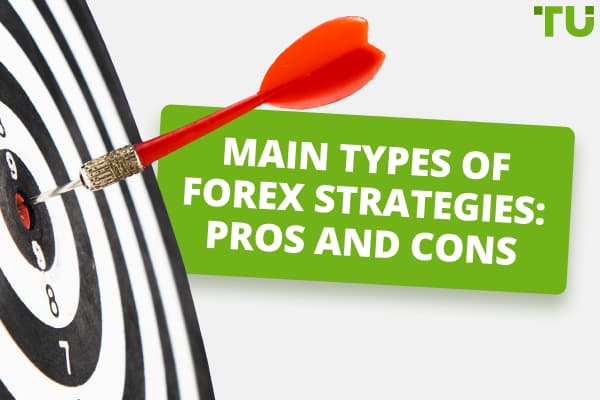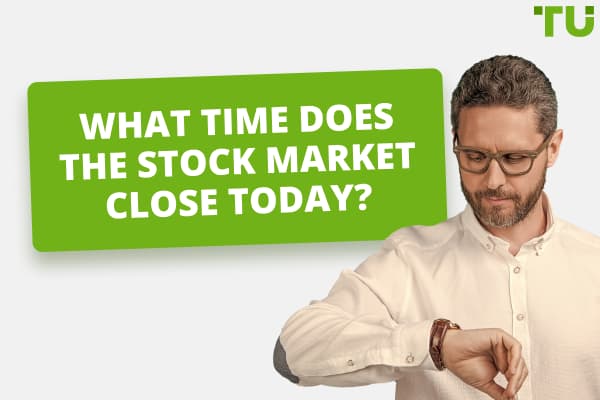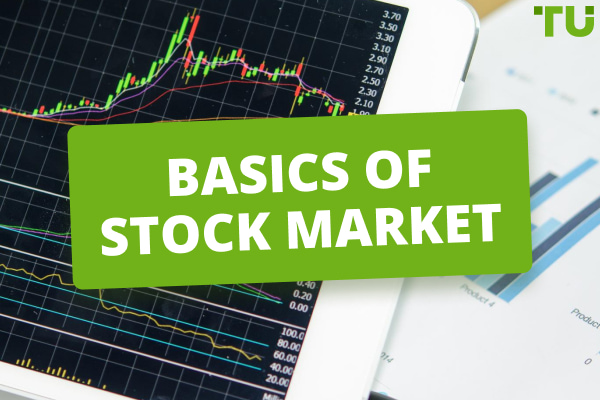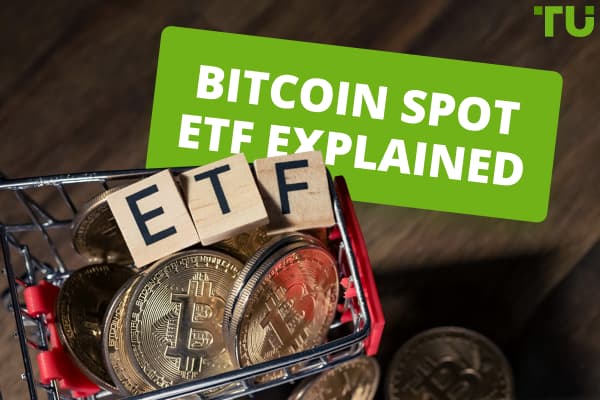ETFs Versus Mutual Funds: What is the Better Option?
ETFs and mutual funds are both popular and effective ways to invest and diversify. The best option for you depends on your objectives, risk tolerance, time horizon, and budget, and you should always do your own research and due diligence before making any investment decisions.
Looking for a way to invest your money and grow your wealth? ETFs and mutual funds are two popular types of pooled investment products that allow you to diversify your portfolio and access various markets and sectors. This blog post compares ETFs and mutual funds and helps you decide which one is the better option for you.
Start trading stocks right now with eToro!What is a mutual fund?
Mutual funds are collections of securities, such as stocks, bonds, commodities, or currencies, that are managed by a professional fund manager. Mutual funds can be either actively or passively managed.
According to a report by Morningstar, the total assets under management (AUM) of ETFs and mutual funds in the U.S. reached $35.7 trillion and $24.9 trillion, respectively, as of September 2023. However, ETFs saw a 30.6% increase in AUM year-over-year, while mutual funds saw a 14.9% increase.
Best stock brokers
Fees and expenses
Important factors to consider when choosing between ETFs and mutual funds are their fees and expenses.
Fees and expenses are measured by the expense ratio. This is the percentage of the fund's assets that are deducted annually to cover the fund's operating costs. Operating costs include portfolio management, administration, marketing, distribution, and other expenses. The expense ratio is usually expressed as a percentage, such as 0.5% or 0.05%.
The average expense ratio for ETFs is typically lower than the average expense ratio for mutual funds. This is because ETFs are usually passively managed, meaning they track an index or a basket of securities, and have lower portfolio turnover, trading costs, and research expenses. Mutual funds are usually actively managed. They try to beat the market by selecting and trading securities, and have higher portfolio turnover, trading costs, and research expenses.
According to a report by Morningstar, the average expense ratio for index ETFs was 0.18% in 2020, while the average expense ratio for index mutual funds was 0.57%. The average expense ratio for actively managed ETFs was 0.55%, while the average expense ratio for actively managed mutual funds was 0.66%. This means that ETFs can save investors up to 0.39% to 0.11% per year in fees and expenses, compared to mutual funds.
To illustrate this difference, let's assume that an investor invests $10,000 in an index ETF and an index mutual fund that both track the S&P 500, which has an average annual return of 10% over the past 10 years. The index ETF has an expense ratio of 0.18%, while the index mutual fund has an expense ratio of 0.57%. After 10 years, the index ETF would grow to $24,433, while the index mutual fund would grow to $22,705. The difference of $1,728 is the amount that the investor would lose in fees and expenses by choosing the mutual fund over the ETF.
Tax efficiencies
Tax efficiency refers to how much of the fund's returns are retained by the investor after paying taxes. The higher the tax efficiency, the lower the tax burden and implications for the investor.
ETFs are generally more tax-efficient than mutual funds, as they generate fewer capital gains distributions. Capital gains distributions are the profits that the fund realizes from selling securities in its portfolio, and they are passed on to the shareholders, who have to pay taxes on them. Capital gains distributions can be either short-term or long-term, depending on how long the fund held the securities before selling them. Short-term capital gains are taxed at the same rate as ordinary income, while long-term capital gains are taxed at a lower rate.
The reason why ETFs generate fewer capital gains distributions than mutual funds is mainly due to the difference in their portfolio turnover and trading costs. Portfolio turnover is the percentage of the fund's holdings that are changed in a given period, and it reflects how often the fund buys and sells securities. Trading costs are the expenses that the fund incurs from buying and selling securities, such as commissions, spreads, and taxes. The higher the portfolio turnover and trading costs, the more likely the fund is to realize capital gains and distribute them to the shareholders.
ETFs tend to have lower portfolio turnover and trading costs than mutual funds, especially actively managed funds. This is because ETFs are usually passively managed, meaning they track an index or a basket of securities, and have lower portfolio turnover and trading costs. Mutual funds, on the other hand, are usually actively managed, meaning they try to beat the market by selecting and trading securities, and have higher portfolio turnover and trading costs.
Another reason why ETFs generate fewer capital gains distributions is due to the difference in their creation and redemption mechanisms. Creation and redemption are the processes by which ETFs and mutual funds issue and redeem their shares to meet the demand and supply of the market. Creation and redemption can affect the tax efficiency of the fund, depending on how they are executed.
ETFs use a mechanism called in-kind creation and redemption. This means that they exchange their shares for a basket of securities that matches their portfolio, without selling any securities. This allows ETFs to avoid realizing capital gains and distributing them to the shareholders. Mutual funds, on the other hand, use a mechanism called cash creation and redemption. This means that they exchange their shares for cash, and use the cash to buy or sell securities. This can result in realizing capital gains and distributing them to the shareholders.
However, the tax efficiency of ETFs and mutual funds may also depend on the type of account that they are held in, such as a taxable account, a tax-deferred account, or a tax-exempt account. A taxable account is an account that is subject to taxes on income, dividends, and capital gains, such as a brokerage account or a bank account. A tax-deferred account is an account that postpones taxes on income, dividends, and capital gains until they are withdrawn, such as a 401(k) plan or an IRA. A tax-exempt account is an account that does not pay taxes on income, dividends, and capital gains, such as a Roth IRA or a 529 plan.
The type of account that the investor chooses can affect the tax efficiency of ETFs and mutual funds, as different types of accounts have different tax rules and benefits. For example, holding ETFs and mutual funds in a tax-deferred or tax-exempt account can eliminate or reduce the tax impact of capital gains distributions, while holding them in a taxable account can expose the investor to more taxes. Therefore, investors should consider their tax situation and goals before choosing the type of account and the type of fund that they want to invest in.
Diversification and customization options
Diversification is the process of spreading your money among a variety of different investments in an effort to reduce risk and improve returns. Diversification can be achieved across asset classes, such as stocks, bonds, commodities, or currencies, or within asset classes, such as large-cap, small-cap, value, or growth stocks. Diversification can help investors reduce the impact of market fluctuations, as different investments may react differently to events and factors.
Customization is the process of tailoring your portfolio to match your specific preferences, goals, and needs. Customization can be achieved by selecting investments that align with your risk tolerance, time horizon, budget, or values. Customization can help investors achieve their desired outcomes, as different investments may offer different levels of return, income, growth, or impact.
Both ETFs and mutual funds offer investors a wide range of options to diversify and customize their portfolios and access various markets and sectors. However, ETFs may have an edge over mutual funds in terms of customization and specialization, while mutual funds may have an edge over ETFs in terms of diversification and risk management.
Customization and specialization
ETFs are known for their ability to offer more customization and specialization options than mutual funds, as they offer more niche and thematic products that cater to specific investor preferences and goals. For example, there are ETFs that focus on environmental, social, and governance (ESG) factors, cryptocurrencies, artificial intelligence, or cannabis. These ETFs allow investors to express their views and values, or to capitalize on emerging trends and opportunities, in a convenient and cost-effective way.
However, customization and specialization also come with some drawbacks, such as higher fees, lower liquidity, and higher risk. Thematic ETFs tend to have higher expense ratios than broad-market ETFs, as they incur more costs for research, marketing, and management. Thematic ETFs also tend to have lower trading volumes and wider bid-ask spreads than broad-market ETFs, as they have less demand and supply in the market. Thematic ETFs also tend to have higher volatility and lower diversification than broad-market ETFs, as they are more exposed to specific sectors, regions, or factors that may experience rapid changes or shocks.
Conclusion
ETFs and mutual funds are both popular and effective ways to invest and diversify. However, they also have some key differences that may affect their suitability and attractiveness for different investors. Ultimately, the best option for you depends on your objectives, risk tolerance, time horizon, and budget, and you should always do your own research and due diligence before making any investment decisions.
Glossary for novice traders
-
1
Broker
A broker is a legal entity or individual that performs as an intermediary when making trades in the financial markets. Private investors cannot trade without a broker, since only brokers can execute trades on the exchanges.
-
2
Trading
Trading involves the act of buying and selling financial assets like stocks, currencies, or commodities with the intention of profiting from market price fluctuations. Traders employ various strategies, analysis techniques, and risk management practices to make informed decisions and optimize their chances of success in the financial markets.
-
3
Investor
An investor is an individual, who invests money in an asset with the expectation that its value would appreciate in the future. The asset can be anything, including a bond, debenture, mutual fund, equity, gold, silver, exchange-traded funds (ETFs), and real-estate property.
-
4
Index
Index in trading is the measure of the performance of a group of stocks, which can include the assets and securities in it.
-
5
Diversification
Diversification is an investment strategy that involves spreading investments across different asset classes, industries, and geographic regions to reduce overall risk.
Team that worked on the article
Thomas Wettermann is an experienced writer and a contributor to the Traders Union website. Over the last 30 years, he has written posts, articles, tutorials, and publications on several different high tech, health, and financial technologies, including FinTech, Forex trading, cryptocurrencies, metaverses, blockchain, NFTs and more. He is also an active Discord and Crypto Twitter user and content producer.
Dr. BJ Johnson is a PhD in English Language and an editor with over 15 years of experience. He earned his degree in English Language in the U.S and the UK. In 2020, Dr. Johnson joined the Traders Union team. Since then, he has created over 100 exclusive articles and edited over 300 articles of other authors.
Tobi Opeyemi Amure is an editor and expert writer with over 7 years of experience. In 2023, Tobi joined the Traders Union team as an editor and fact checker, making sure to deliver trustworthy and reliable content. The topics he covers include trading signals, cryptocurrencies, Forex brokers, stock brokers, expert advisors, binary options.
Tobi Opeyemi Amure motto: The journey of a thousand miles begins with a single step.











